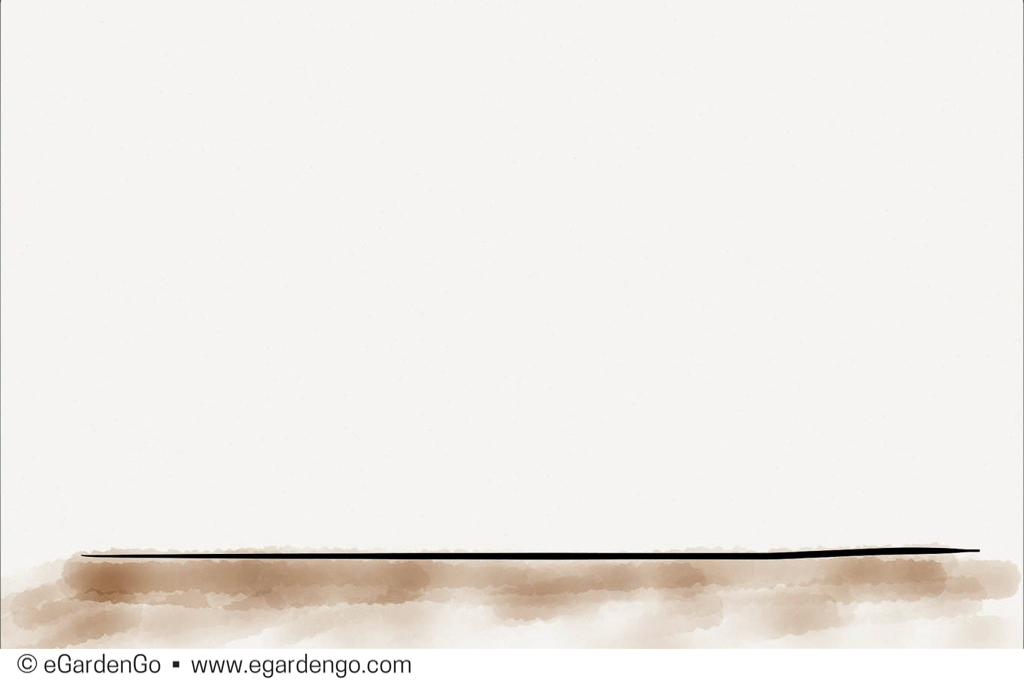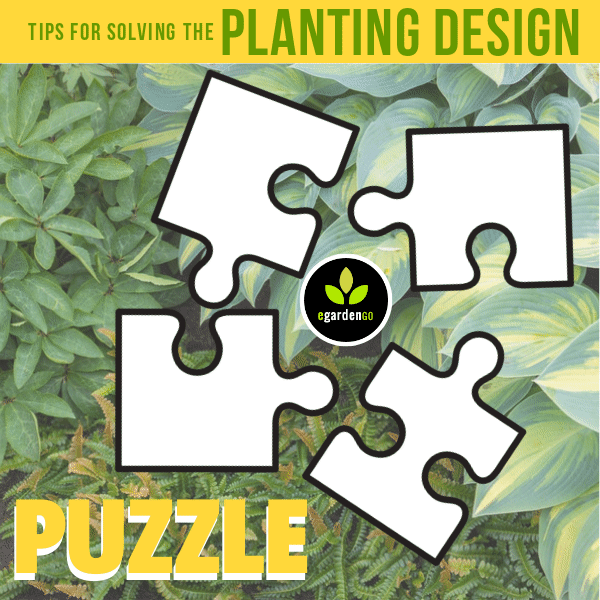Creating a garden that fits together—one that makes sense and works as a whole—is like a jigsaw puzzle, a word jumble, or really any puzzle that challenges us to create order from chaos. Our puzzle is further complicated by the fact that we're working in four dimensions, if we take the seasonal aspect of our creation into consideration. Though as the pieces, or in our case plants, start falling into place, the overall scene starts shaping up. It begins to make more sense and everything gets a bit easier. But getting started can feel daunting.
When it comes to garden design and plant selection, there's a huge number of exciting and beautiful plants to choose from. It can be hard to know where to start—which piece or pieces should you lay down first? Narrowing your selections from the many choices can be a challenge.
advertisement
Oftentimes, our choices are dictated by what we want the plant to do for us, or for the qualities we want it to possess. Before it's a specific plant, it divides, it blocks, or frames. It's a mound, a spire, a froth. It's bold, delicate, frothy, or flowing. Shiny, fuzzy, or spiny. A diva, a great accompanist, or its plays a steady background beat. The role it plays or qualities it possesses will dictate its perfect plant partners.
Other times, instead of starting with a particular job we need the plant to do, or a general quality, we're starting with a specific plant and we're looking for its best partners. Perhaps there's a plant that I wish to acquire for my garden or perhaps it’s in my garden already and I’m looking to add to the scene. That plant has certain attributes or features which then suggest suitable pairings. So we start there—the first piece to our puzzle.
In both cases, it’s an iterative process: if this, then that. Each choice narrows the field. At first there are many possibilities; later very few. The key is to start somewhere—anywhere. Make a decision and lay down your first piece. Your next decision will be limited by the first. The third will be limited by the first and the second. And so on. Each plant you add to your grouping will narrow the scope of possible partners.
When the making of plant pairings is framed this way, it's easy to see that there are any number of possibilities, all of which “work.” No wonder there are so many wonderful and diverse gardens, and such a seemingly endless supply of beautiful garden scenes to inspire us!
Need some ideas and direction to get you started? Browse our growing number of plant combo recipes for inspiration.

If you think of plants as shapes, colors and textures first, the combo being built above could be planted a number of different ways, with a number of different plant palettes. In the next post, I've come up with two different planting combinations for two different garden growing conditions, both based on the plant shapes and foliage colors suggested in this sketch. I've come up with a drought-tolerant combination for full-sun situation and a second version using shade-tolerant plants.
advertisement




